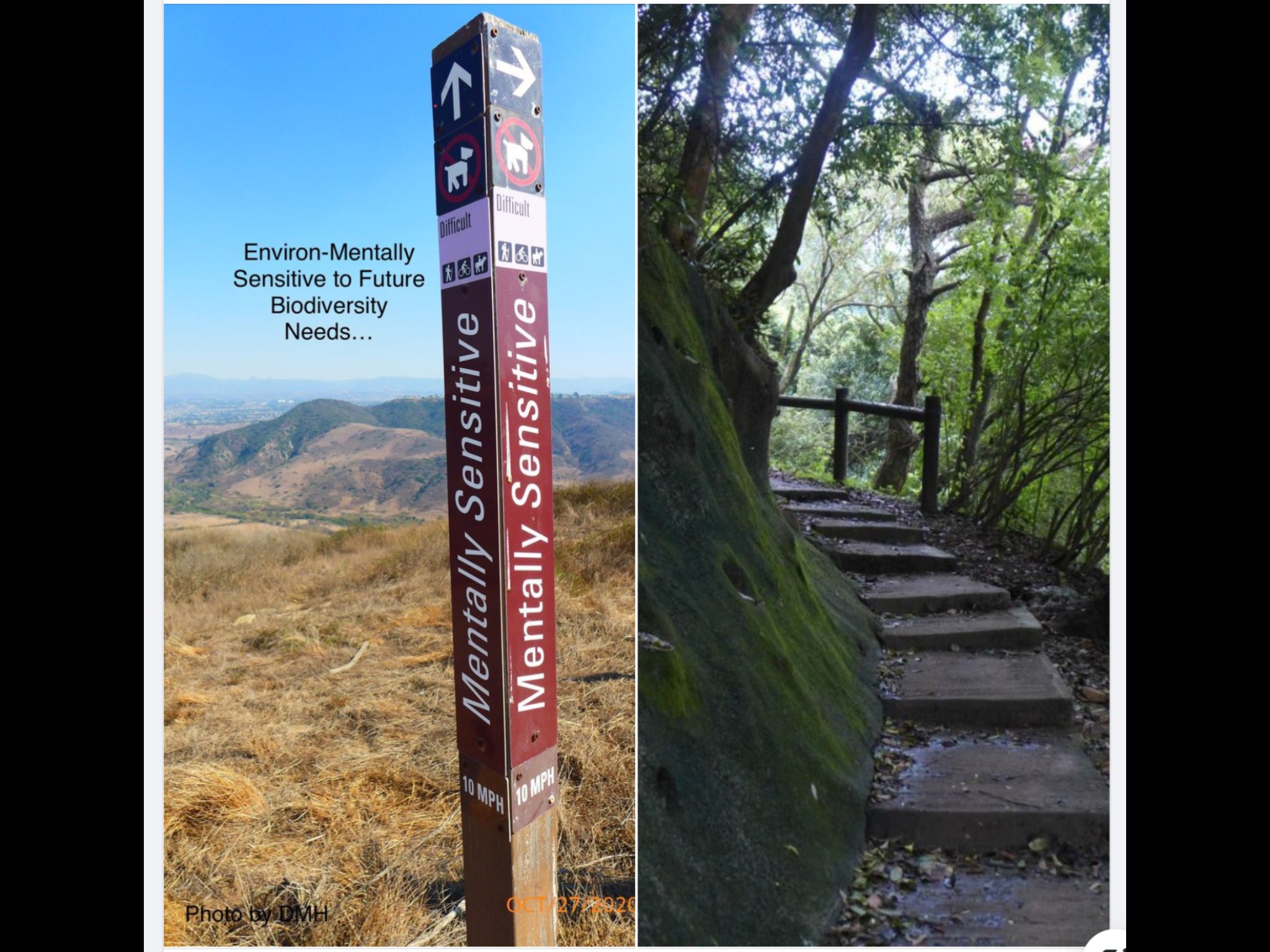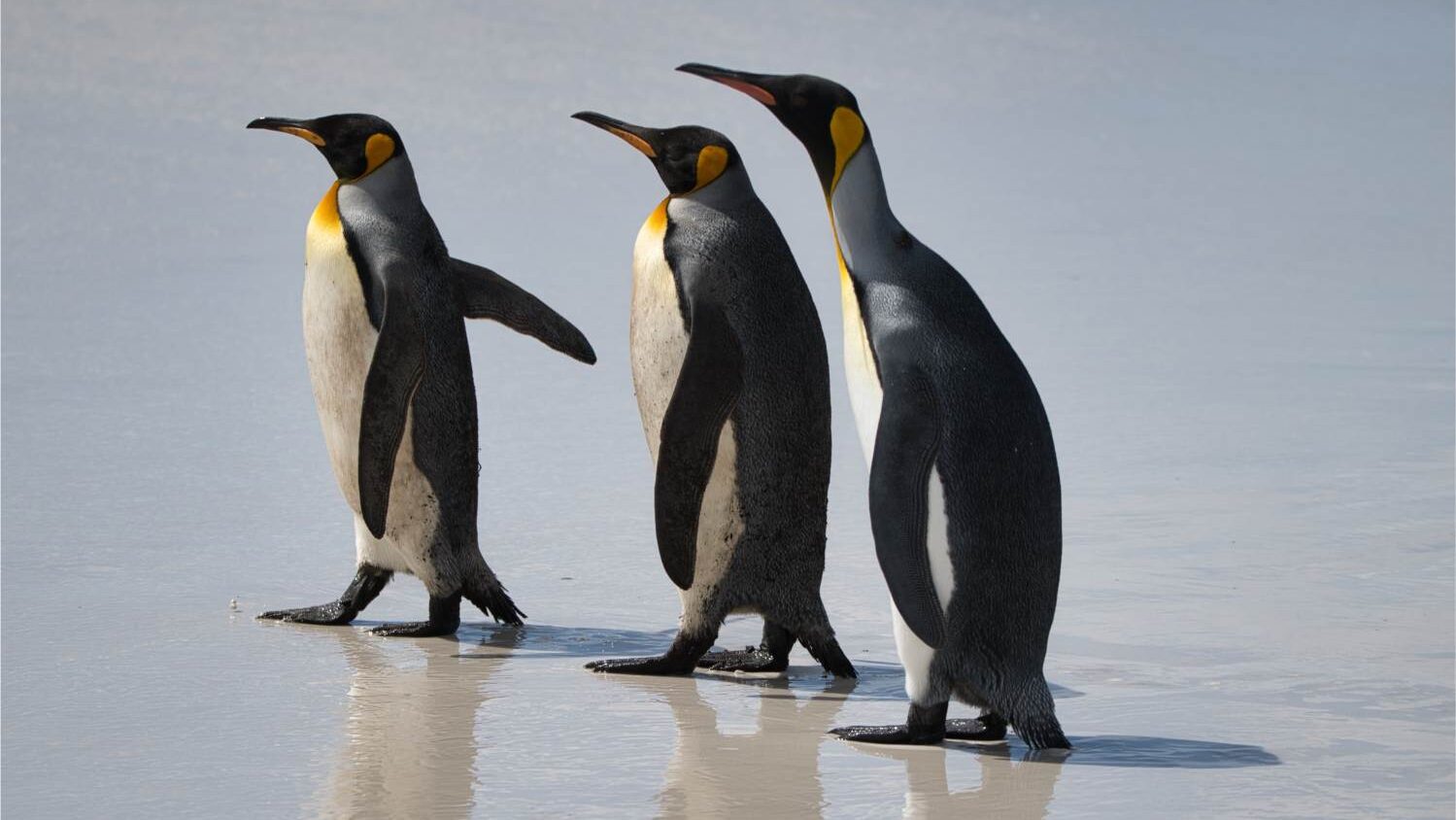Toronto's goal is to expand its urban forest, to reach a 40 per cent canopy cover target by the year 2050. Pick-up dates for free 1-gallon trees (roughly two to four feet tall) start from September 16th for Northern Toronto and end on October 14th for Southern Toronto. Registration information is available on the City of Toronto website's "Urban Forestry Grants & Incentives" page under the tab "2023 Events."
As a general rule, trees not only provide shade and food for wildlife, but are essential for some birds which only nest in tree cavities. Bluebirds in North America and yellow-crested cockatoos in Asia are examples of birds which require tree cavities for nesting. Bluebirds often select old woodpecker holes in dead pine or oak trees, but if these are not available, bluebird nest boxes have worked well to prevent population decline.
Become a subscriber to continue reading!
Every week we bring you news from the community and exclusive columns. We're relying on your support to keep going and invite you to subscribe.
Starting from $2.30 per week.




